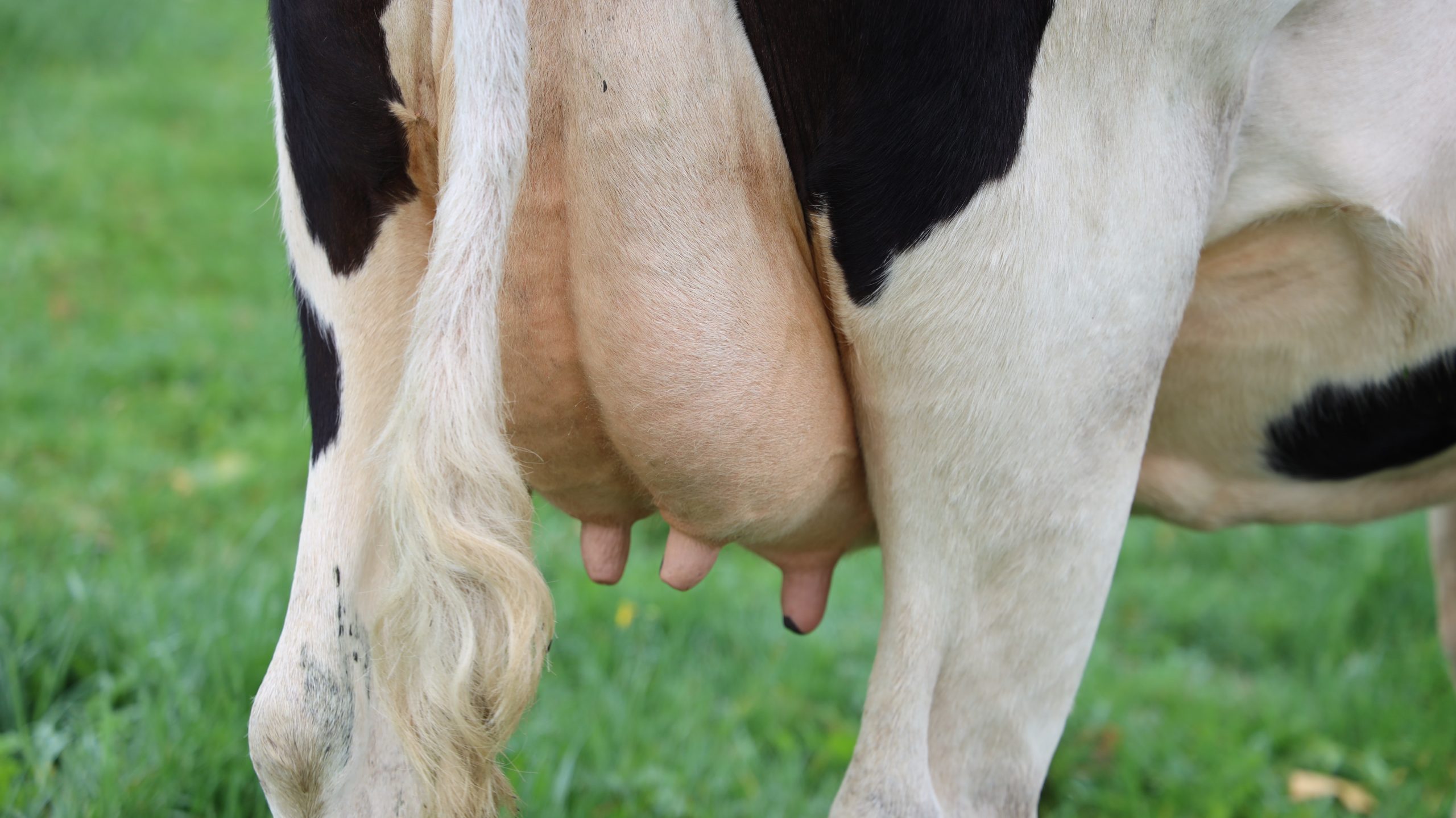That is music to the ears of many a dairy farmer. PhD student Eline Burgers concludes that it is often perfectly possible.
In dairy farming it is usual to inseminate cows every year, so that after nine months of pregnancy another calf is born and a new lactation period – in which the cow gives milk – starts. However, the calving period is a relatively stressful time, with extra work for the dairy farmer and greater health risks for the cows.
For example, cows have to be ‘dried off’ before calving. This sometimes has to be done when the milk yield is still very high, which increases the risk of mastitis. After the calf is born, there is another risk: milk production then increases so rapidly that the cow cannot eat enough feed to fully meet its body’s nutrient requirements. Calcium deficiency and ketosis are particularly prevalent at the beginning of lactation. And then there are the ‘normal’ risks of calving, which does not go smoothly for every cow.
Later
Burgers studied whether the time span between these relatively risky births can be stretched. ‘Normally a cow is inseminated in the period when it is fertile (“in heat”), around the 40th day after the birth of the calf,’ she says. With modern dairy breeds like Holstein-Friesian, could this be done one heat later? Or two? Or even longer?
With the longer waiting period, fewer calves have to be born
Burgers’ research showed that a longer insemination interval works especially well with cows having their first calf. Milk production or the health of the animal does not suffer when cows are inseminated from 125 days after calving. With ‘multi-calf cows’, however, the timing turned out to be more critical. When inseminated after the 200th day after calving, they had a somewhat lower milk production per day. However, the cell count of the milk, traditionally seen as an indicator for mastitis, did not appear to be higher. Nor did udder infections occur more frequently. ‘That kind of link just wasn’t present,’ says the animal scientist. ‘But it was more difficult to get the next lactation going with animals that got very fat by the end of their extended lactation period.’
Perfect timing
So the perfect interval varies per cow, Burgers’ study showed, but what then is the perfect moment for insemination? The 14 dairy farms that took part in the study discovered a yardstick that can easily be applied in practice: as soon as milk production drops below a certain level per day, which can vary per farm and per cow, it is time to inseminate the cow. An additional advantage is that with this lower production at the end of lactation, drying off the cow is not usually too difficult.
The understanding gained from Burgers’ research has another important advantage: with the longer waiting period fewer calves have to be born – good for the sector’s image, she expects. The various aspects of extended lactation will be discussed extensively during the symposium on ‘Customized Lactation’, which will be run by WUR on 11 May. ME

 Foto Unsplash/ Megumi Nachev
Foto Unsplash/ Megumi Nachev 

